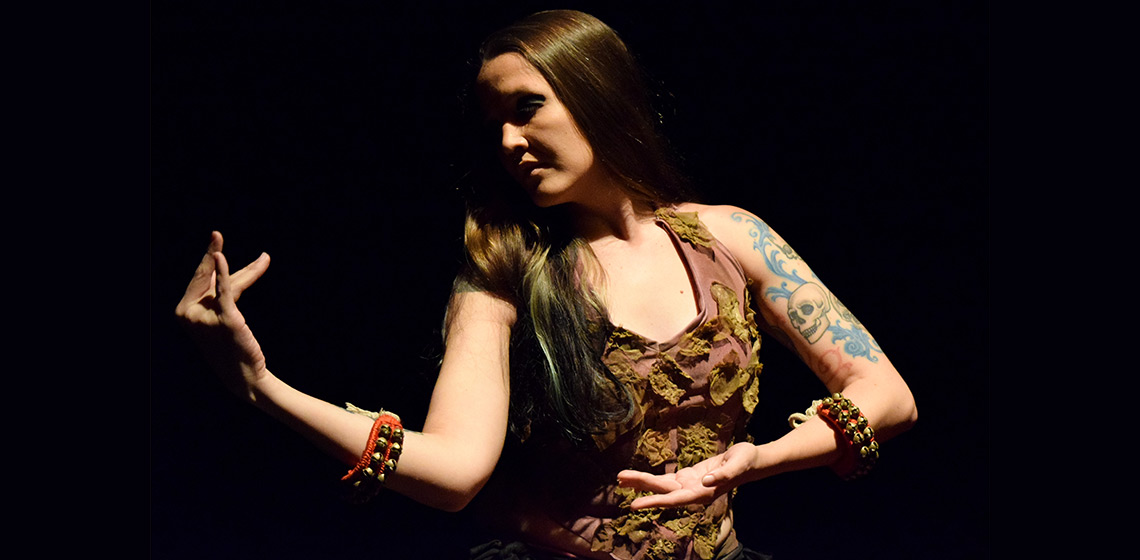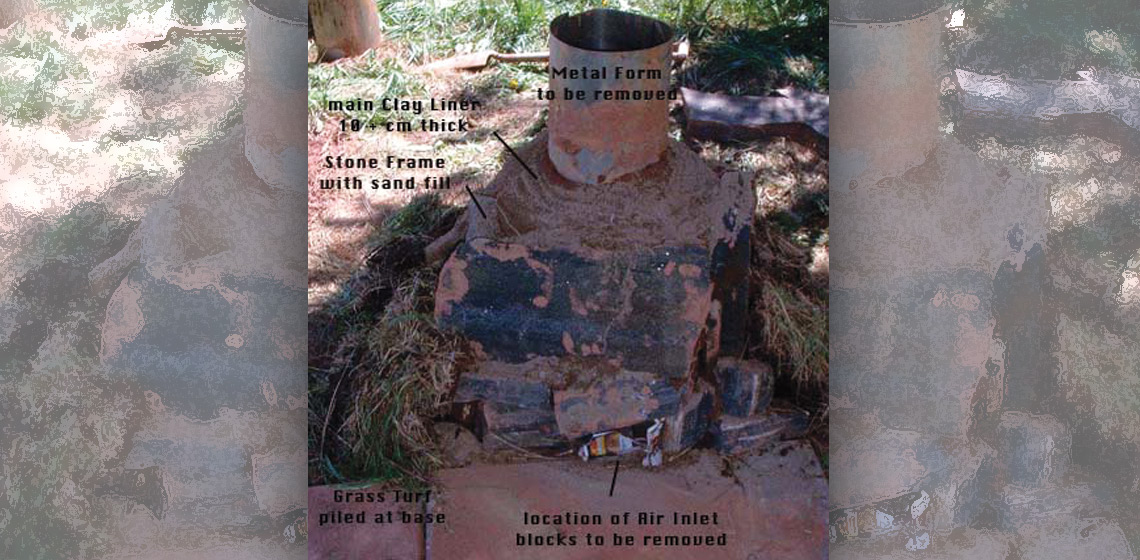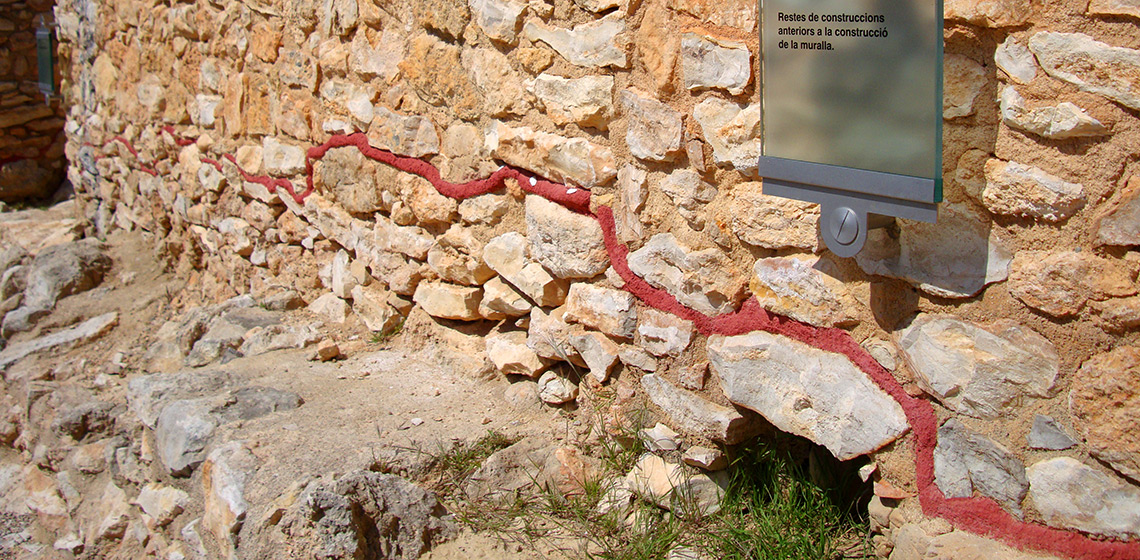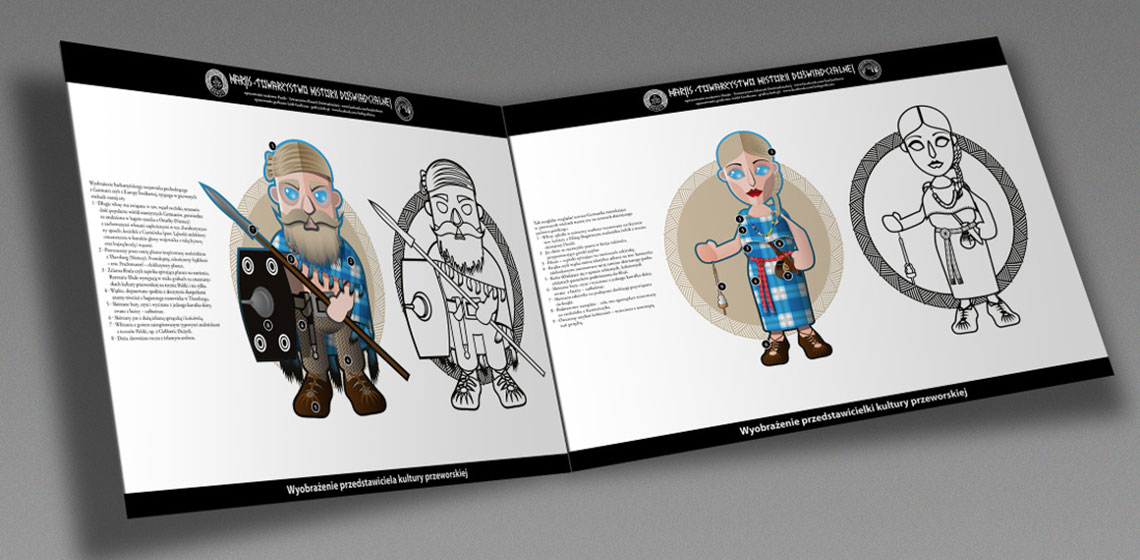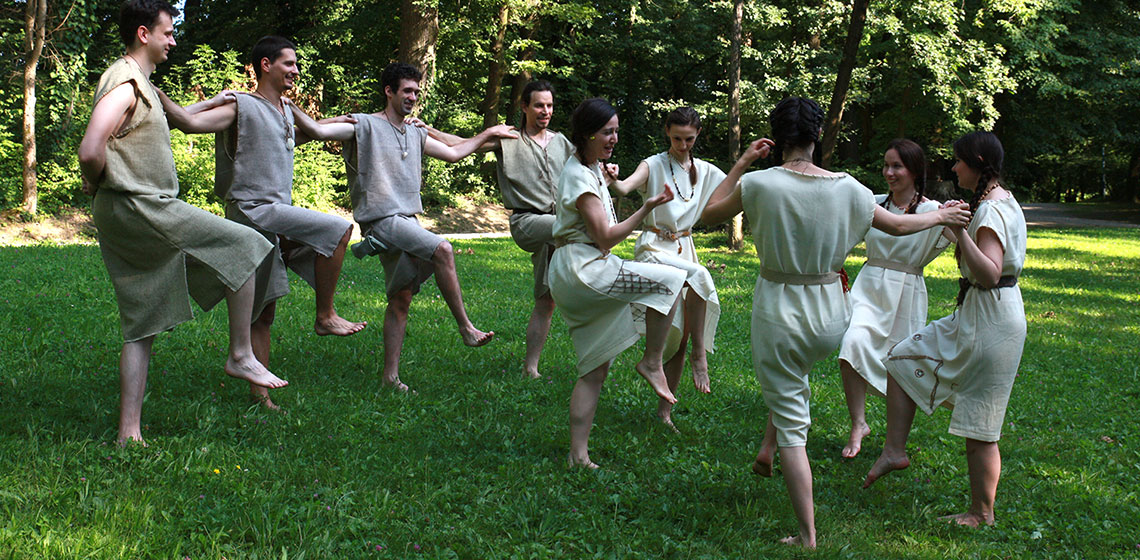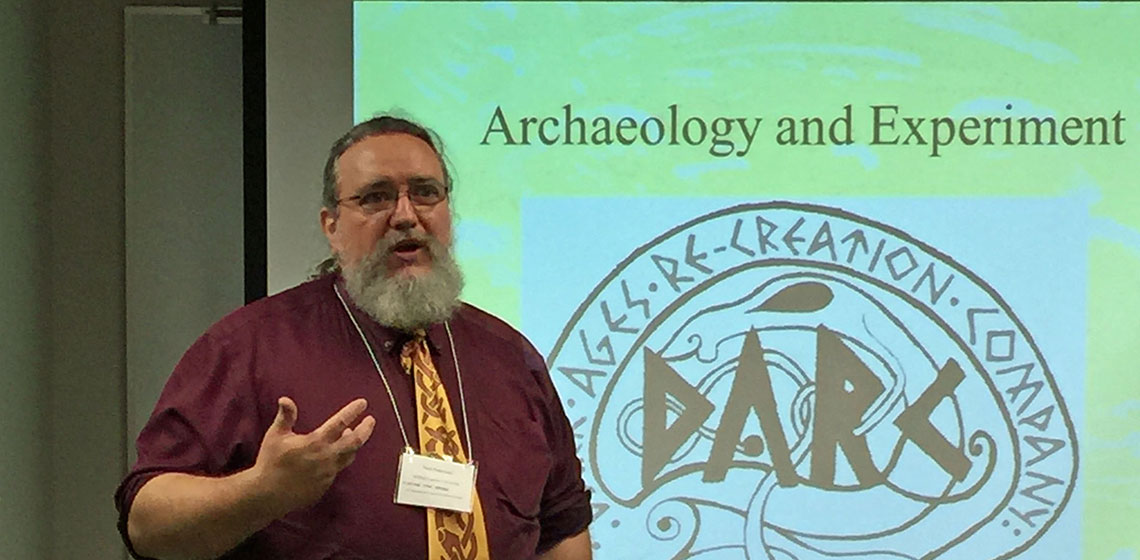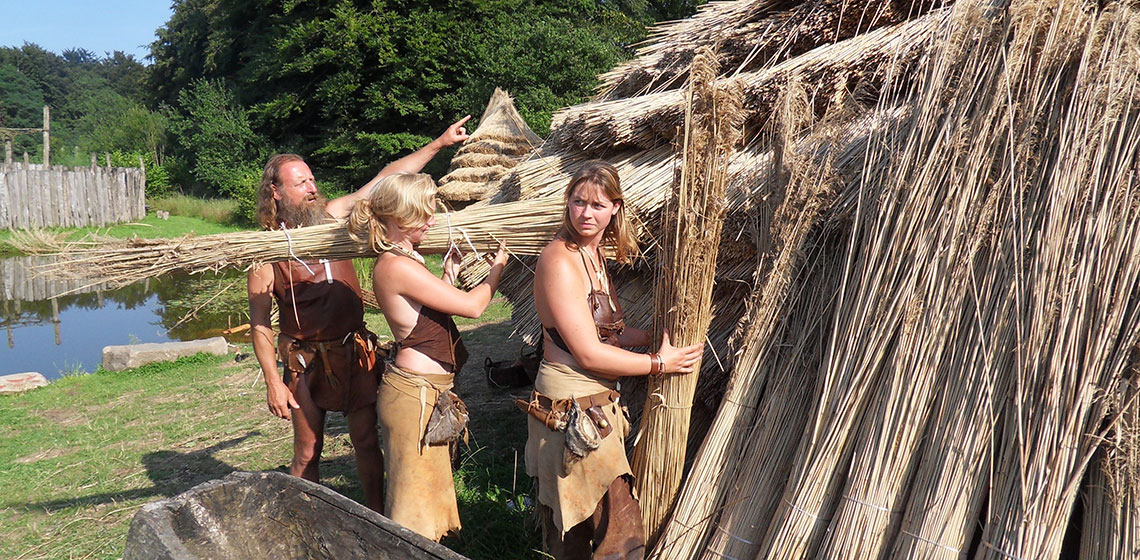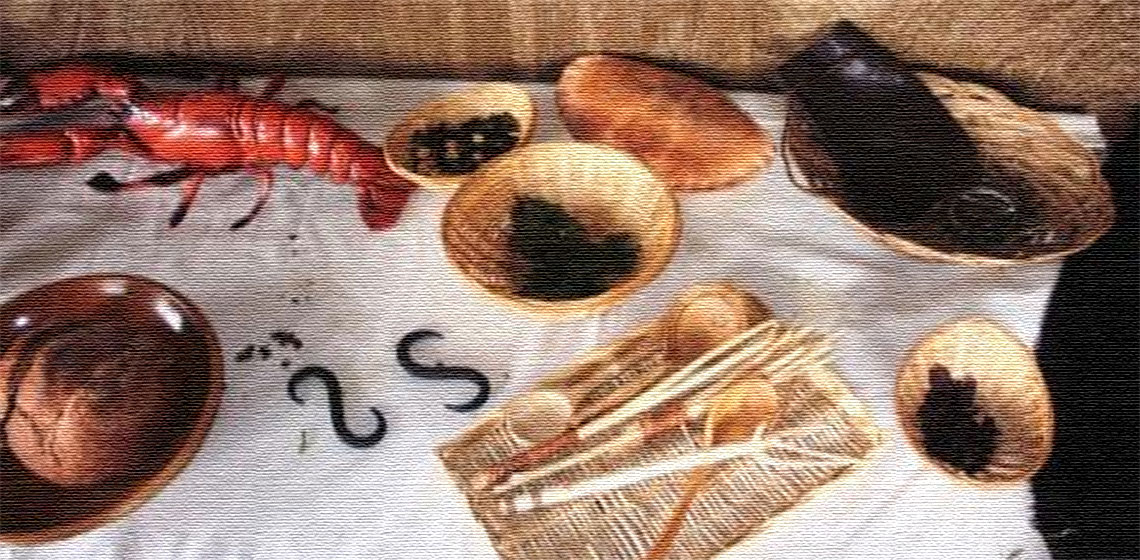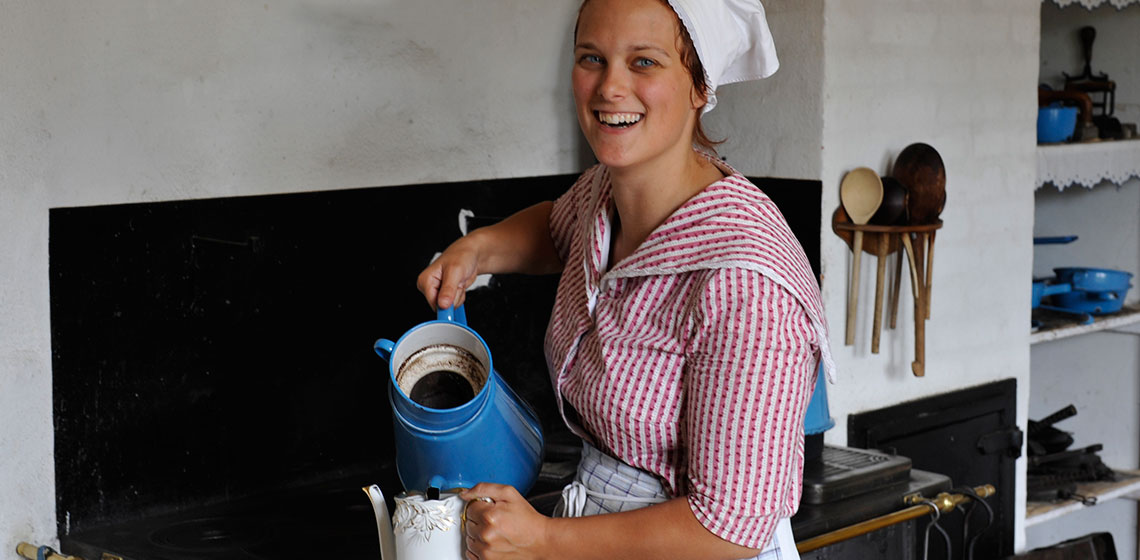presentation
The Experimenter's Body: Movement as an Artifact
Publication Date
This paper summarises a part of the discussions carried out in the author's MA in Archaeology at the Federal University of Rio de Janeiro - Brazil. Starting from the question “when the only thing we have is the archaeologist’s body, how can we do archaeology?” We propose to engage with methodologies and theories from the field of Dance to analyse the experimenter’s body in experimental archaeology research...
Top 11 ways to annoy your Reviewers
Publication Date
As an author of an article, there are few things more annoying than comments from those anonymous reviewers. They call your creation ugly, and they force you to waste time rewriting just because they aren’t smart enough to understand what you meant, instead of what you said...
The Story of your Site: Archaeological Site Museums and Archaeological Open-Air Museums
Publication Date
Archaeological site museums may not be that well defined worldwide, yet, they are found almost everywhere. Archaeological sites with reconstructed buildings based on archaeology however seem to be a younger phenomenon and are mainly concentrated in Europe, Japan and North America. Both types of museums however have old roots. Important is not so much the site per se, but the message...
Popularisation of Experimental Archaeology in the Activity of Harjis - Project under the Patronage of the Institute of Archaeology of the University of Lodz (PL)
Publication Date
2018 EXARC in Kernave
***This article outlines our experiences gained during the implementation of activities at the Society of Experimental Archeology Harjis. Our society aims to recreate dress, weaponry and the realities of the Przeworsk culture, that is, people living in the first centuries of Common Era in the territory of present-day Poland...
***This article outlines our experiences gained during the implementation of activities at the Society of Experimental Archeology Harjis. Our society aims to recreate dress, weaponry and the realities of the Przeworsk culture, that is, people living in the first centuries of Common Era in the territory of present-day Poland...
The Forgotten Movement – A (Re)construction of Prehistoric Dances
Publication Date
10th EAC Leiden 2017
***Dancing has always been and still is an integral part of the lives of individuals and communities around the world, and it forms part of the cultural identity of all traditional societies. Unlike the arguably small role it has in modern urban societies, dance had much greater role in the lives of individuals and communities of ancient and recent past (Maletić, 1986, pp.14, 41), as well as it still has in many of contemporary tribal communities...
***Dancing has always been and still is an integral part of the lives of individuals and communities around the world, and it forms part of the cultural identity of all traditional societies. Unlike the arguably small role it has in modern urban societies, dance had much greater role in the lives of individuals and communities of ancient and recent past (Maletić, 1986, pp.14, 41), as well as it still has in many of contemporary tribal communities...
How to make Yours one of the Good presentations
Publication Date
“The two words 'information' and 'communication' are often used interchangeably, but they signify quite different things. Information is giving out; communication is getting through”.
Sydney J. Harris
The Steinzeitpark Dithmarschen (DE): Concept and Development of a Visitor Oriented Educational Centre for Sustainable Development
Publication Date
OpenArch Special Digest 2015 Issue 2
***What does a Stone Age village or Stone Age house look like? (Almost) every person that we happen to randomly meet can answer this question with (subjectively recognized) certainty. Since the research of the 19th century, the knowledge people assume to have is based, not lastly, on images or...
***What does a Stone Age village or Stone Age house look like? (Almost) every person that we happen to randomly meet can answer this question with (subjectively recognized) certainty. Since the research of the 19th century, the knowledge people assume to have is based, not lastly, on images or...
Discussion: Food - Reconstruction and the Public
Publication Date
For a BBC program in 1954, Sir Mortimer Wheeler tasted a reconstruction of the Tollund Man’s last supper, which turned out to be a tasteless mush. This led him to announce: "I believe that the poor chap of Tollund committed suicide because he could stand his...
To Be or Not to Be: Thoughts on Living History - Some Personal Remarks
Publication Date
This article is based on personal experiences and observations conducted through many years as a volunteer at the Middle Age Centre in Denmark and later as a student at the Open Air Museum, Sorgenfri, Denmark. Observations and remarks made are solely personal and the article reflects thoughts I have had throughout the years...

